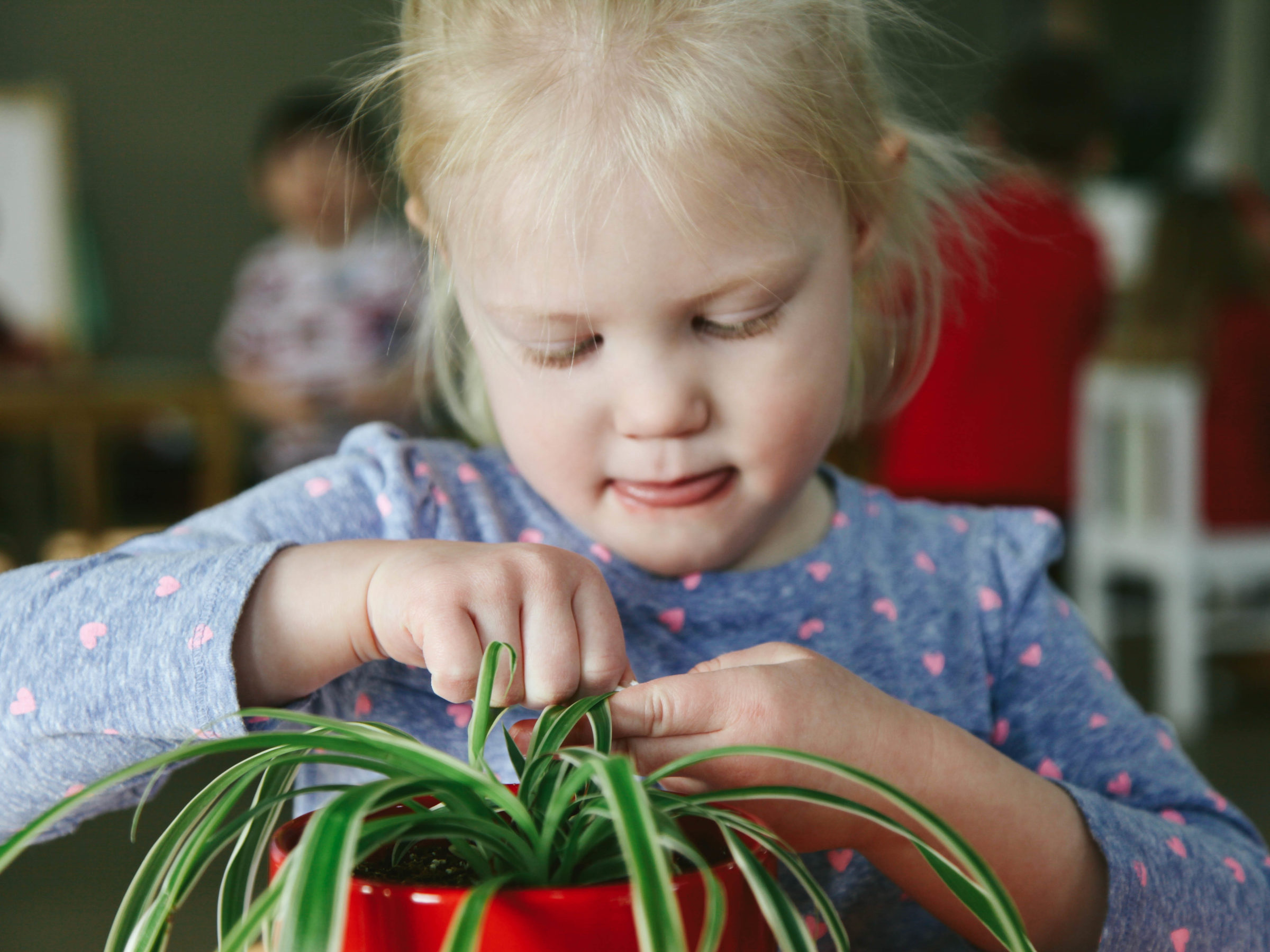This is a test
Thoughts & Reflections
In the Montessori primary classroom, we approach literacy differently than one might expect. We write before we read. Writing is a natural next step from speaking. We highlight the sounds in words, and the Sandpaper Letters are a visual symbol for each sound. Writing begins with composition, arranging the letters of the Moveable Alphabet to represent the various sounds you hear in words.
Reading is a different process. What’s that symbol? What sound does it represent? When I combine these sounds, is it a word I recognize?
We begin with phonetic reading, short words attached to an object and each letter in that word makes the sound it’s “supposed” to, no tricky English spellings, silent letters, nuances; words like bag, plant, box, and doll.

At this early stage, a child isn’t reading to learn something new, the Reading is the “something new,” they’re reading to affirm what they already know. For this reason, we start by checking that a child knows the language verbally before we expect them to read something. What’s this? Yep, a cat. What’s this? You’re right, this is a cup, but today we’re going to call it a mug.
Sometimes you have the facts, but you’re not able to piece them together in a way that makes sense.
A child was working with the Phonetic Object Box, matching objects to labels. He had matched all the objects, a doll, a ram, a cup, a dog, and was left with one label and one object.
“T…e…s…t” He looked up.
“Yep, you’re right.”
Still a blank look. He wasn’t taking the easy route, just using logic, thinking, one more label one more object, done! What does this say? Unless you read the label, how do you know if you got it right?
Another child was eavesdropping. “Test,” he whispered. Though he wasn’t yet reading, he heard those sounds, slid them together, and recognized what they represented — test.
He had an ace up his sleeve, older siblings in traditional elementary school. He knew what a test was.
“Do you know what a test is?” The reader shook his head. “It’s when you show what you know. Sometimes you write it down.” He turned back to his objects, found the object with a piece of paper, some scribbles, and a pencil, aha! A test! Both children were contented, one with helping, one with reading, both with learning.
“Sometimes you have the facts, but you’re not able to piece them together in a way that makes sense.”
So many beautiful things. A joyful reminder that we’re not hard-wired prickling at “tests,” it really can be just showing what you know.
A humbling reminder that at this early age we need to know what we’re reading, before we can read it.
A delightful reminder that we learn as much through direct work with the materials as we do eavesdropping and observing, and that learning never stops.
Every time we think we have it figured out, we’re corrected. Every time we think we have all the answers, we’re reminded. Every time we think we know the limits or what to expect, we’re humbled. It’s really amazing.
Written by:
Charlotte Snyder



